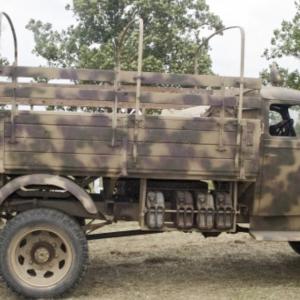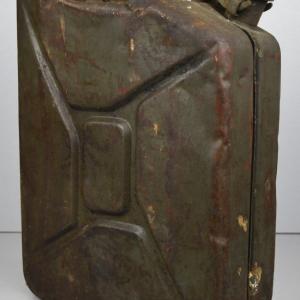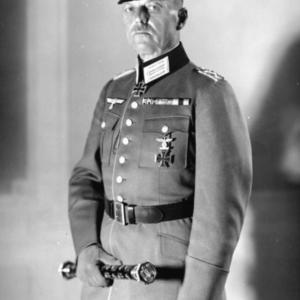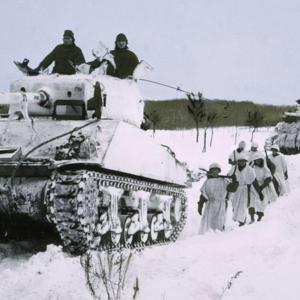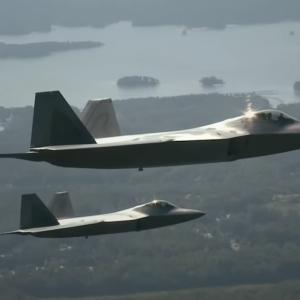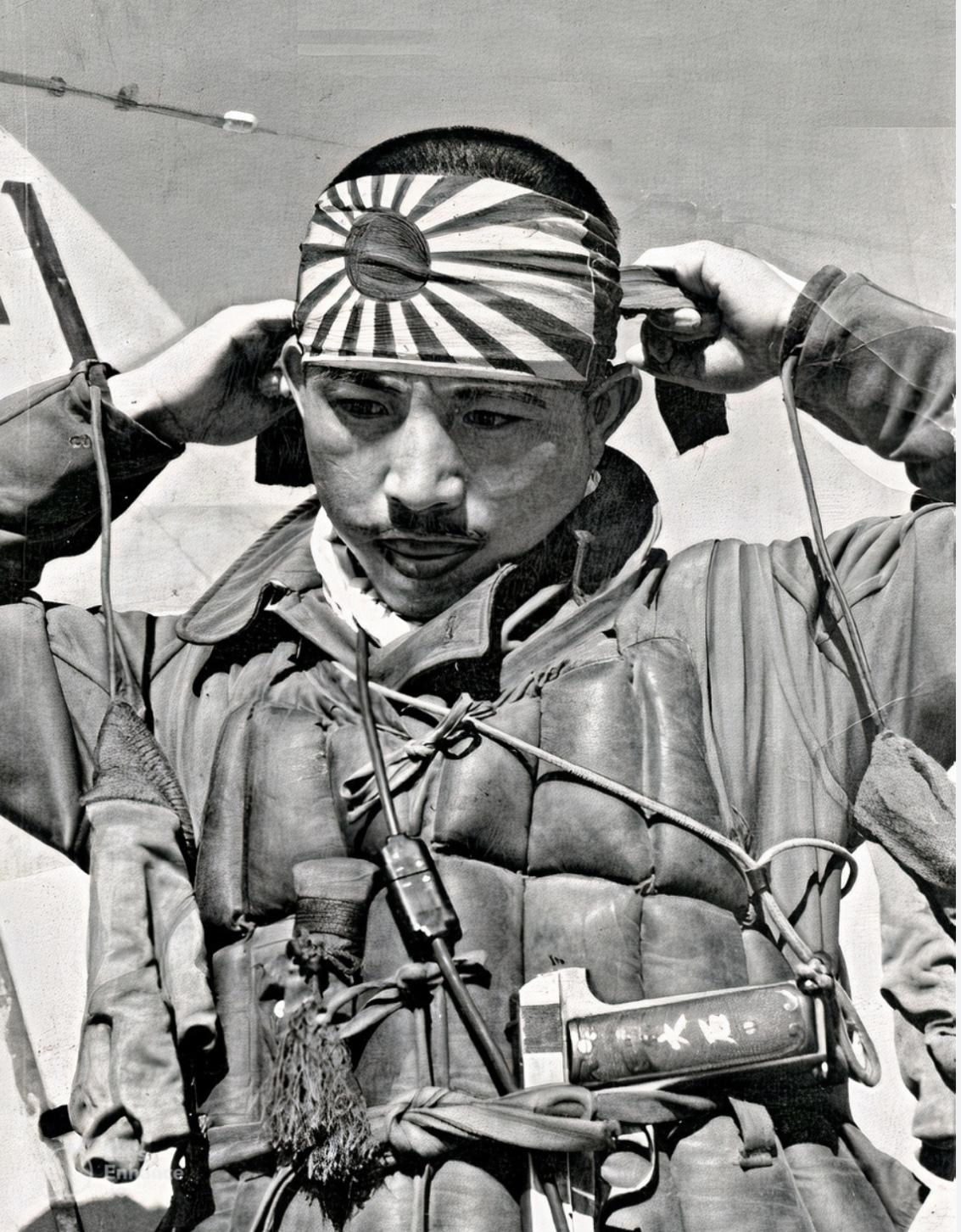
On this day in military history…
On October 19, 1944, Vice Admiral Ōnishi Takijirō of the Imperial Japanese Navy made a fateful decision that would become one of the most tragic and controversial episodes of World War II. From his headquarters in the Philippines, he ordered the formation of special attack units—kamikaze squadrons—pilots who would deliberately crash their aircraft into enemy ships, sacrificing their lives in the hope of inflicting maximum damage on the advancing American forces. The decision was not made lightly, nor was it born of cruelty or blind fanaticism, but rather of a desperate recognition of Japan’s dire military situation and a belief in the power of self-sacrifice for the survival of the nation.
By the autumn of 1944, Japan was rapidly losing ground in the Pacific. The United States had retaken Guam and Saipan, and the next strategic target was the Philippines. The fall of the Philippines would cut Japan off from vital resources in Southeast Asia, particularly oil, and would tighten the noose around the Japanese homeland. Ōnishi, stationed at Mabalacat Airfield near Manila, understood that Japan no longer had the industrial strength or air power to compete with the overwhelming superiority of the U.S. Navy. Conventional tactics had failed. The Japanese carrier fleet had been decimated, their experienced pilots were nearly all gone, and the production of modern aircraft lagged far behind American output. In the face of these odds, Ōnishi concluded that only unconventional means could possibly turn the tide.
The genesis of the kamikaze concept was rooted in the ancient Japanese warrior code of bushidō, which exalted honor, loyalty, and death over surrender. This ethos, combined with the growing sense of desperation, laid the psychological groundwork for suicide attacks. However, the institutionalization of these tactics marked a profound and controversial shift in Japan’s military strategy. Onishi believed that the only way to significantly damage the superior American fleet was to crash aircraft, loaded with bombs and flown by volunteer pilots, directly into enemy ships. The precision and shock of such attacks, he believed, could break American momentum and perhaps delay or deter an invasion of Japan itself.
When he issued his order on October 19, Ōnishi made a solemn appeal to the pilots. He acknowledged the gravity of what he was asking—that young men sacrifice their lives for the sake of the nation—but he framed it as the ultimate form of duty and patriotism. He believed that if each pilot could sink or disable even a single ship, the cumulative effect might stall the enemy advance. Though deeply controversial, and viewed in hindsight as a tragic exploitation of youthful zeal, the kamikaze program was born from a calculated military rationale under extreme circumstances.
The first official kamikaze unit, known as the "Shikishima" squadron, carried out its attack on October 25, 1944, during the Battle of Leyte Gulf. A Mitsubishi Zero crashed into the escort carrier USS St. Lo, causing a massive explosion that led to the ship’s sinking. The effectiveness of this initial assault gave credence to the tactic, and in the months that followed, the Japanese military expanded the program significantly.
In total, approximately 3,800 kamikaze pilots died during the war, most of them in the final year between late 1944 and the summer of 1945. They targeted mainly American and Allied naval vessels during major engagements such as Leyte Gulf, Iwo Jima, and Okinawa. While the kamikaze attacks inflicted serious damage and sank dozens of ships, they ultimately failed to achieve their strategic goal of halting the American advance. The United States, with its vast industrial capacity and manpower, absorbed the losses and continued its push toward Japan.
Ōnishi’s decision has remained a subject of intense historical debate. To some, he was a desperate commander acting with cold logic, attempting to defend his nation by any means available. To others, he was a tragic figure who placed the burden of his country’s survival on the shoulders of its youth. After Japan’s surrender in August 1945, Ōnishi took full responsibility for the deaths of the kamikaze pilots. On August 16, 1945, he committed ritual suicide (seppuku) at his home in Tokyo, leaving behind a note expressing regret that he could not apologize directly to the souls of the young men he had sent to die, and hoping that their sacrifice would be honored and remembered.

